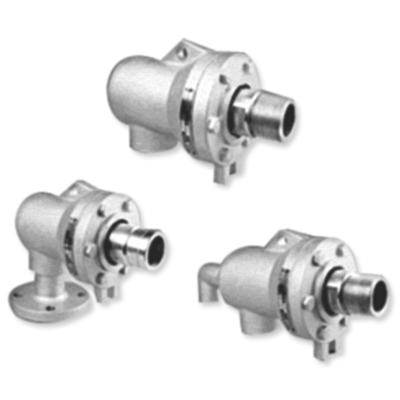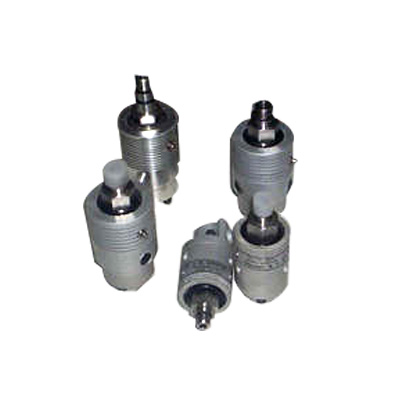Product Profile of Self- Supported Rotary Joint
Self- Supported Rotary Joint is provided with two wide spaced carbon bush bearings for good support, stability and longer wear. The Rotary Joint is a self supported unit that requires 510 PSI [35 Bar] pressure and 6500F [350 Degree Centigrade] temperature range to operate efficiently. The Rotary Joint is available with carbon bushes that are secured against rotation by a fixing pins or keys. Self- Supported Rotary Joint can work in maximum speed up to 200 RPM.
Key Features of Self- Supported Rotary Joint
- Good joint stability: Two wide spaced carbon bush bearings for greater support, stability and longer wear. This cross sectional area allows greater stability and resistance to side loads.
- Longer seal life: Large, improved seal under compression design provides long life. Plus greater joint stability reduces seal wear, leakage, and maintenance requirements.
- Carbon bushes are secured against rotation by a fixing pins or keys. This prevents the spring from being damaged by a rotation bearing.
- Simple locking fork on the end cover instead of lug on the body of joint as in the case of conventional joints design which are very complicated to install.
- Self-supporting configuration: Tolerates journal misalignment better that externally rod-supported configurations.
- No lubrication required: Maintenance is minimized.
- Self-adjusting for seal wear and pressure changes: Maintains leak-free sealing under changing conditions.


